DINOSAURS Up Close!
The Zoom In on Dinosaurs! series gives you an up-close look at the lives and traits of some of the world's most well-known dinosaurs. Learn about dinosaur heads, teeth, tails, skin, and more!Beginning readers will be fascinated as they read about the creatures that once roamed the earth. These easy-to-read books are filled with interesting facts and exciting illustrations.Allan A. De Fina, PhD, Series Literacy Consultant
Dean, College of Education/Professor of Literacy Education
New Jersey City University
Past President of the New Jersey Reading Association
Written by one of the leading dinosaur experts, Zoom In on Dinosaurs!
is an exciting series for kids that is packed with facts!Philip J. Currie, PhD, Series Science Consultant
Department of Biological Sciences
University of Alberta
Edmonton, Alberta, Canada
About the Author
Peter Dodson, PhD, is a professor of veterinary anatomy and paleontology at the University of Pennsylvania in Philadelphia. For forty years he has collected and studied dinosaurs in the United States, Canada, India, Madagascar, Argentina, and China.
With his students he has described four new dinosaurs, most recently Auroraceratops from China. 
crestA wide sheet of bone at the back of the head on horned dinosaurs. It is also called a frill.
dinosaur (DY noh sor)Reptiles that lived from about 230 million years ago to 65 million years ago. They had a special kind of hip and long legs.
fossil (FAH sul)Parts of living things from long ago.
They are often turned to stone. hornA long bone with a sharp end. It grows out of the head. possum (also called opossum)A slow-moving mammal with a pouch for its young and a ratlike tail. reptile (REP tyl)Animals with scales that live on land and lay eggs. Ankylosaurus [an KYE luh SOR us] Chasmosaurus [KAZ muh SOR us] Edmontosaurus [ed MONT uh SOR us] Torosaurus [TOR uh SOR us] Triceratops [try SAIR uh tops]
Triceratops was a large, strong
dinosaur that ate plants.

It walked on four legs.
Triceratops had three
horns on its face.
It looked a bit like a rhino.
Triceratops had three
horns on its face.
It looked a bit like a rhino.
Its horns made it very dangerous The name Triceratops means three-horned face.
Triceratops had one of the largest heads of any animal that ever lived on land.

The two horns over its eyes were three feet long. A short horn sat over its nose. The horns were used to scare off attackers.
 Triceratops
Triceratops had many teeth.

It had a thin beak at the front of its mouth.

It had a thin beak at the front of its mouth.
It used its beak to break open tough plants. Triceratops ate plants that grew close to the ground. It could reach bushes and low branches of trees. 
Triceratops had a large, fan-shaped
crest.

The crest was on the back of its head.
 Triceratops
Triceratops was nine feet tall from its toes to its hips.

Its wide belly was shaped like a barrel.
Triceratops was as long as a school bus.
Triceratops was as long as a school bus.
It weighed as much as an elephant.  You can see how the size of Triceratops was almost the same as the size of a rhino.
You can see how the size of Triceratops was almost the same as the size of a rhino.
T. rex was the enemy of
Triceratops.
 T. rex
T. rex could kill a baby or young
Triceratops. rex could kill a baby or young
Triceratops.
A grown Triceratops could stab a T. rex with its horns.  Three or four Triceratops could form a circle to protect a baby from T. rex.
Three or four Triceratops could form a circle to protect a baby from T. rex.
Just like all dinosaurs,
Triceratops hatched from an egg.

The smallest baby skull found so far is about 15 inches long. The skull had a short frill.
It had tiny little bumps over the eyes. When the baby grew up, these bumps became long horns. 
Triceratops lived on muddy flat land near slow rivers. The rivers ran to a shallow sea near their home.

The world was much warmer than it is today.
Triceratops were shaded by very tall redwood trees.
Flowers made the land colorful. 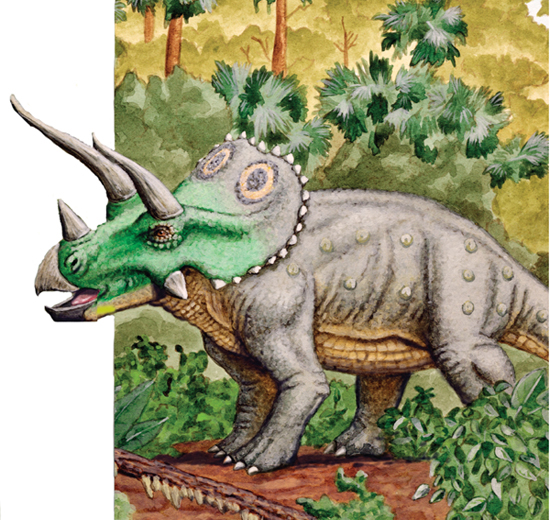
Triceratops lived with other plant-eating dinosaurs.
Edmontosaurus walked on two legs.
Ankylosaurus had a bony club at the end of its tail.
Fish swam in rivers and lakes.
Turtles sat on the sunny shores.
Crocodiles snapped at anything that moved by.
Birds flew in the sky.
Possums scurried about looking for bugs.

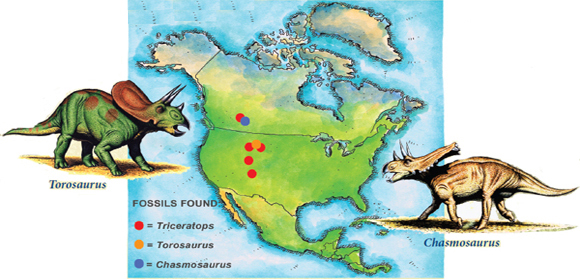

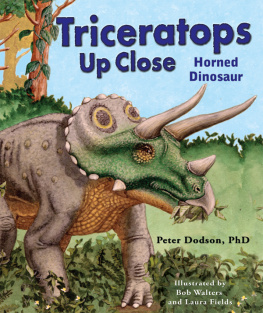
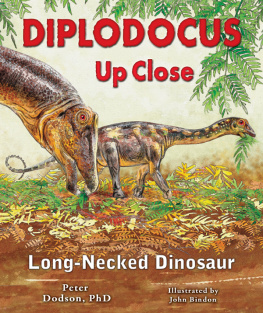


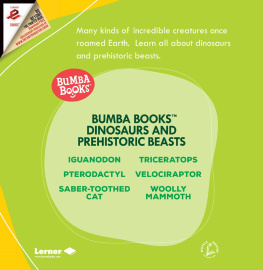
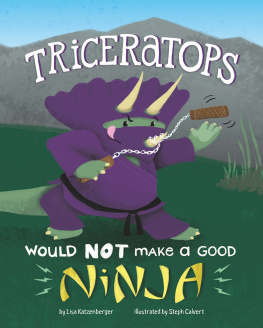
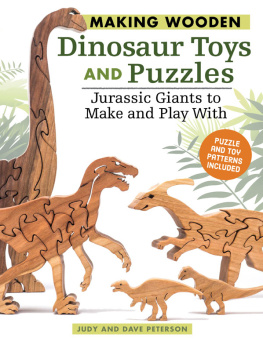
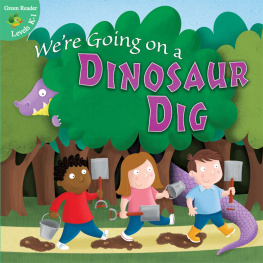
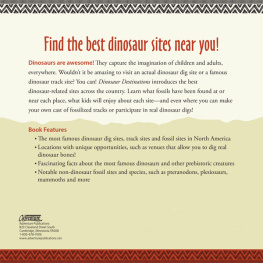

 It walked on four legs. Triceratops had three horns on its face.
It walked on four legs. Triceratops had three horns on its face. The two horns over its eyes were three feet long. A short horn sat over its nose. The horns were used to scare off attackers.
The two horns over its eyes were three feet long. A short horn sat over its nose. The horns were used to scare off attackers.  Triceratops had many teeth.
Triceratops had many teeth.  It had a thin beak at the front of its mouth.
It had a thin beak at the front of its mouth. 
 The crest was on the back of its head.
The crest was on the back of its head.  Triceratops was nine feet tall from its toes to its hips.
Triceratops was nine feet tall from its toes to its hips.  Its wide belly was shaped like a barrel. Triceratops was as long as a school bus. Triceratops was as long as a school bus.
Its wide belly was shaped like a barrel. Triceratops was as long as a school bus. Triceratops was as long as a school bus.  You can see how the size of Triceratops was almost the same as the size of a rhino.
You can see how the size of Triceratops was almost the same as the size of a rhino. T. rex could kill a baby or young Triceratops. rex could kill a baby or young Triceratops.
T. rex could kill a baby or young Triceratops. rex could kill a baby or young Triceratops.  Three or four Triceratops could form a circle to protect a baby from T. rex.
Three or four Triceratops could form a circle to protect a baby from T. rex. The smallest baby skull found so far is about 15 inches long. The skull had a short frill.
The smallest baby skull found so far is about 15 inches long. The skull had a short frill. 
 The world was much warmer than it is today. Triceratops were shaded by very tall redwood trees.
The world was much warmer than it is today. Triceratops were shaded by very tall redwood trees. 

